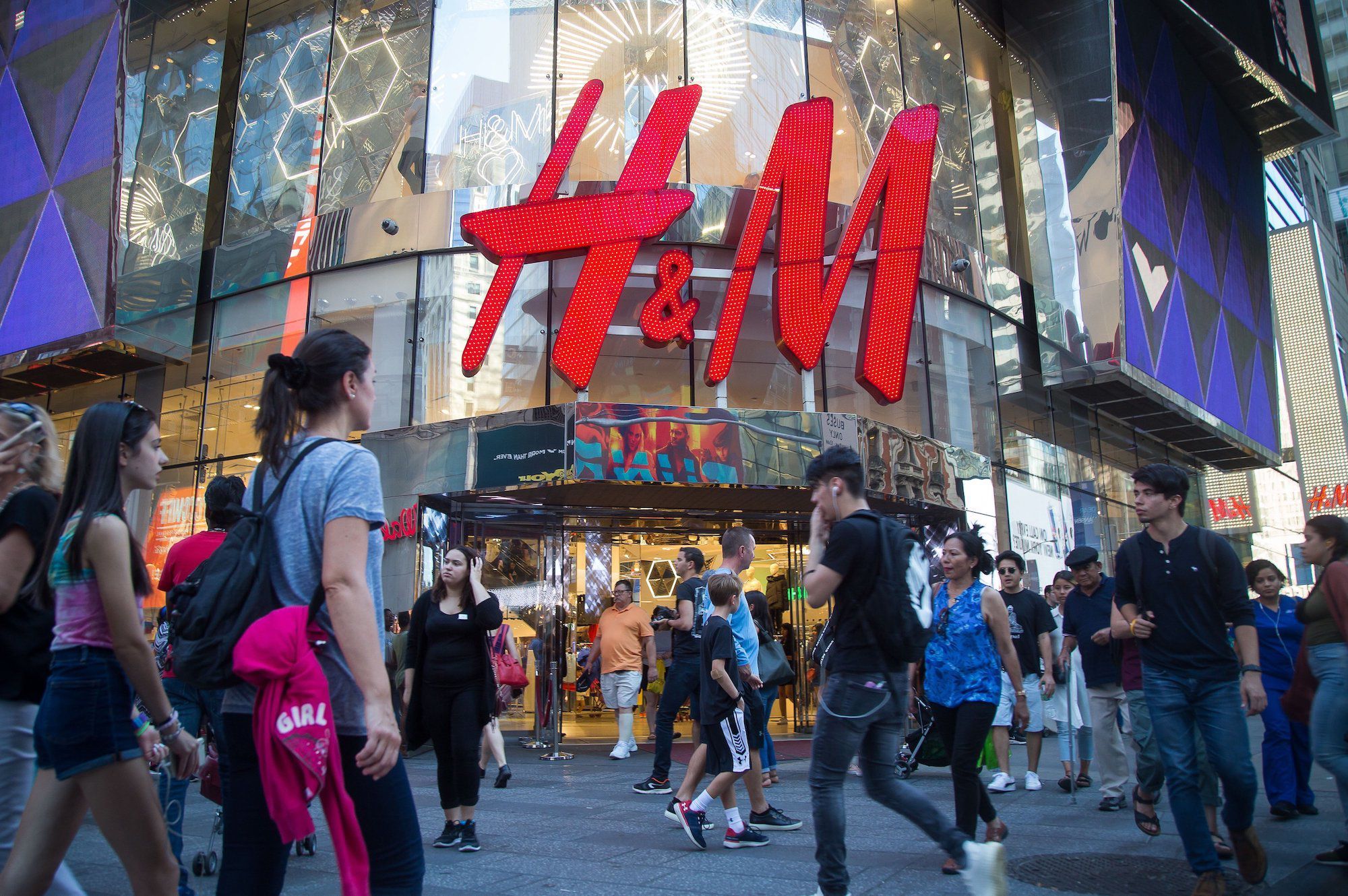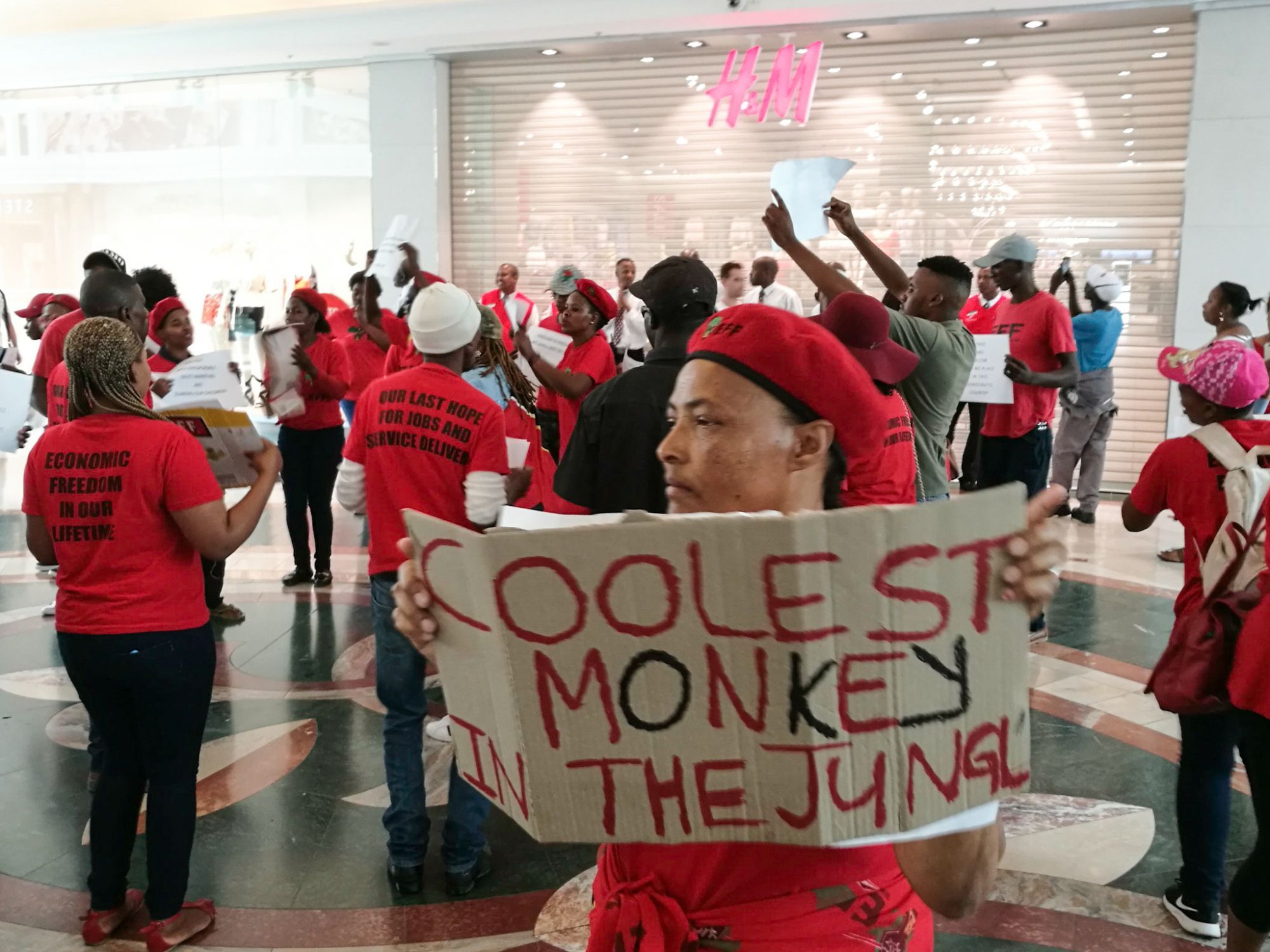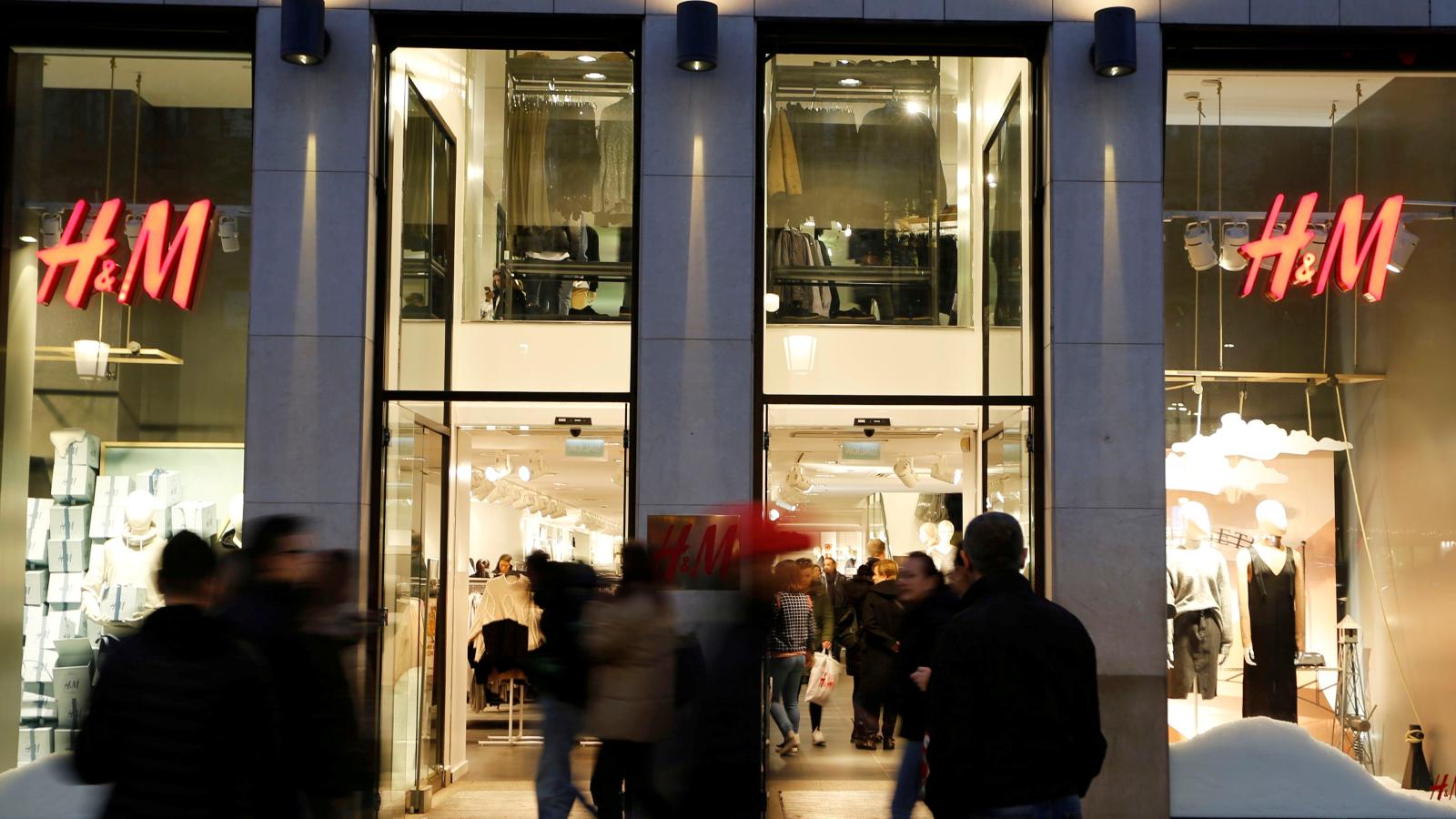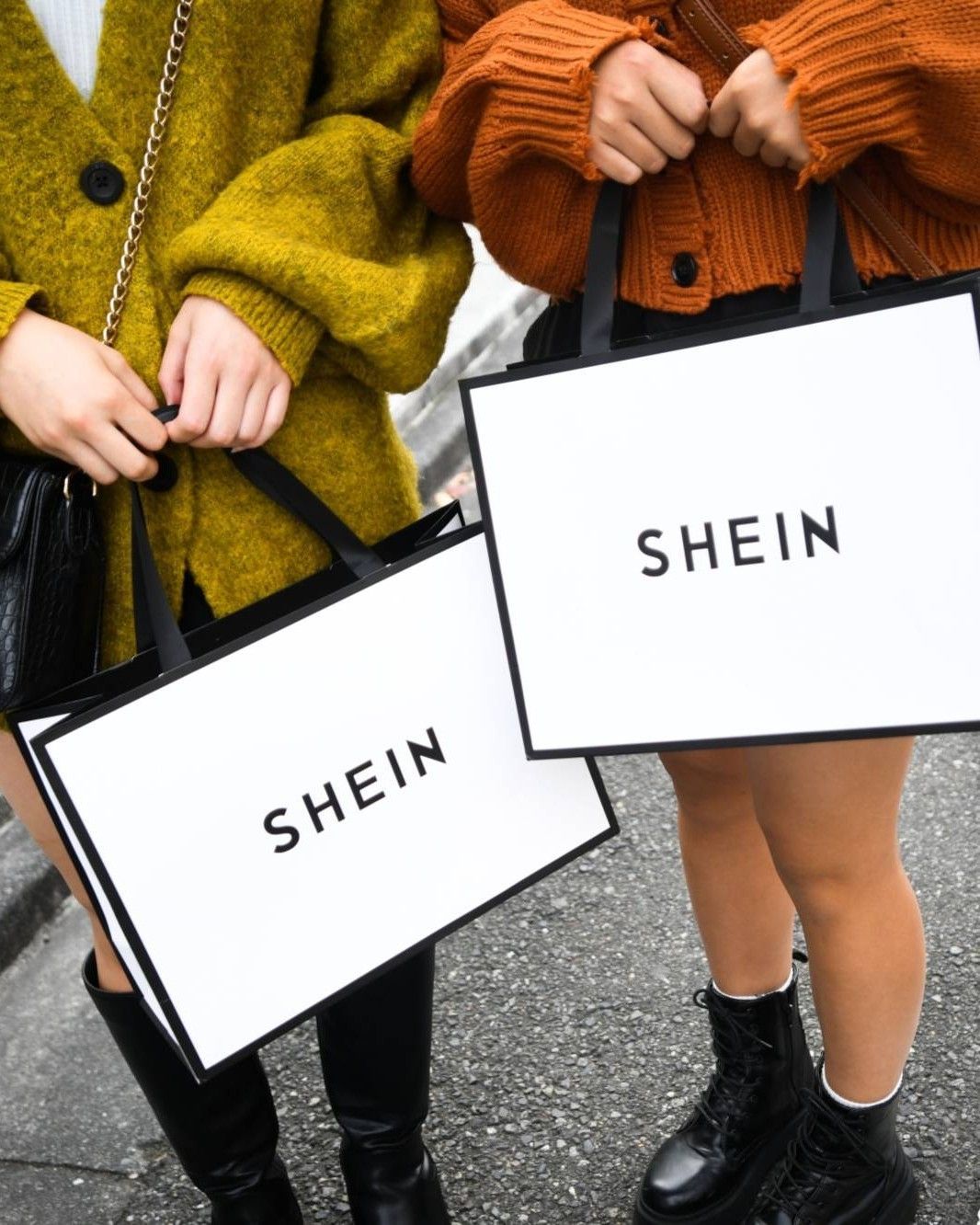
Will H&M survive its ongoing economic crisis? A crisis that speaks to the wider fast fashion community
Within the past decade, the Swedish fast-fashion brand H&M has been experiencing a series of unfortunate events. In 2013, the Rana Plaza, in Bangladesh, one of the garment factories with which H&M produced, suffered a devastating collapse, that killed more than 1000 people in less than 90 seconds, which of course they were held responsible. In 2018, the brand also came under fire for a racist ad that featured a black child wearing a t-shirt with the words “coolest monkey in the jungle,” and since 2017, the Swedish brand has closed over 300 stores worldwide as a result of low sales which left them with a staggering $4.3 billion dollars of unsold clothing. Needless to say, the brand has been suffering through a major crisis, a crisis that not only speaks to H&M but speaks to the wider fast fashion community on a whole.
The issue of fast fashion is one that is simple to understand, there are too many low-quality items that are produced, sold and dispose of each year and this dynamic either often risks the life of the environment or of other human beings. H&M’s competitor company Zara has already put itself on the right track of eco-friendliness. The brand’s mother company Inditex recently announced that they have committed to making 100% of their collection from sustainable fabrics by 2025. Also stating that they have already started this journey by beginning to make all of their 7,500 stores eco-efficient by the end of 2019. This will mean things like eliminating single-use plastic bags by 2020, reusing recycled cardboard boxes several times, re-circulating clothes hangers etc. 90% of Zara’s websites are already run by renewable energy and they have committed to zero waste landfills from Zara facilities. Which means it will find ways to balance its production with their customers demand so as not to have an over-supply of inventory.
On the other hand, Hennes & Mauritz has been literally trying to dig itself out of the huge pile of unsold clothing that has been overproduced within the past five years and it may seem like the company is finally gaining some level of success in recovering from the past few years of turmoil it has been experiencing. Following the incident in Bangladesh, the company agreed to sign a multilateral agreement for workplace safety that ensured a legally binding and comprehensive set of standards for fire and building safeguards and mandated measure for inspection, remediation and monitoring of the workplaces used by the company.
Fast forward to 2019, with the matters of sustainability and overproduction being such pressing matters to the environment, the fast-fashion house has been forced to analyse its inventory pile. Although the brand said its inventory level has grown to 4.4 billion from the 3.9 billion it was a year ago, that inventory pile seems to be becoming a bit more manageable. According to BOF, at the end of the first quarter of the year, pieces from that inventory pile were included as 18.3 per cent of the sales made, while at the end of the second quarter that slowly grew to 18.6 per cent. Which means the brand seems to be taking the necessary steps to use their multi-million dollar inventory of unsold clothing to resell as opposed to constantly creating new inventory. The brand has even stated that by the end of the third quarter of 2019, their unsold stock should add a 1.5 percentage to its gross margin. This is important because the concept of sustainability doesn’t just entail using environmentally friendly materials, but includes finding ways to lengthen the lives of already produced clothing through ways such as reselling and second-hand usage.
Secondly, the Swedish company is not only the owner of its namesake fast fashion franchise, but also owns both mid and high-quality fashion brands such as COS, & Other Stories and Arket which although produce on a lower scale, have proven to do better than its sister company. The company also announced with BOF that during this year it will be aiming to upgrade its chain company to be more like it’s sister brands which are expected to increase yearly sales by at least 12 per cent.
Although the company seems to be making a few moves in the right direction, of course, there will be risks. The company has to manage to maintain the increase or possible decrease in demand without falling off track, as either outcome may result negatively. There also exists a series of commercially technical issues which includes the risks of their competition with names like Zara and Primark, the risk of foreign exchange and the currency escalating seeing that its stock was purchased when the US dollar was strong and even possibly a buyout from the company’s chairman Stefan Persson who owns around half the shares.
By the end of the year, we should be able to tell whether the company’s current moves will actually be successful in surviving their current apocalypse.

















































